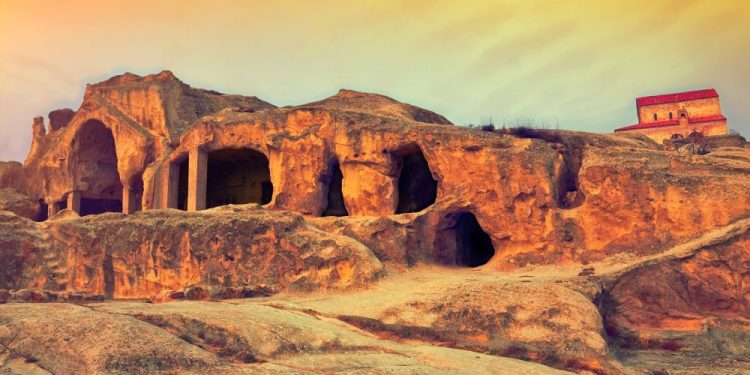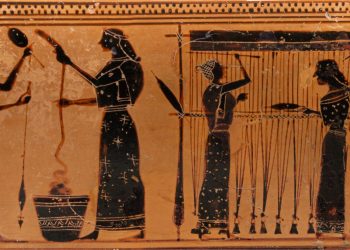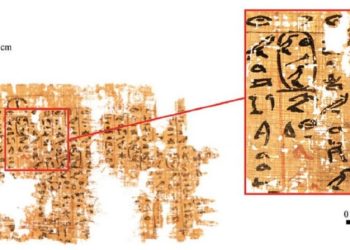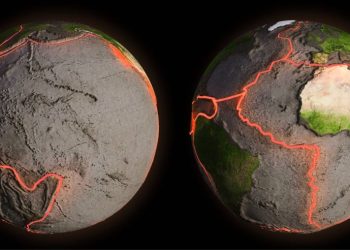A comprehensive study of ancient DNA offers an intriguing window into the past, illuminating the heritage of the Canaanites, an influential Bronze Age civilization.
A Genetic Voyage Into the Past
Researchers meticulously analyzed DNA from 73 individuals across five archaeological sites, revealing a dynamic picture of the Canaanites, an ancient people residing in modern-day Israel, Palestine, Lebanon, Jordan, and parts of Syria. Liran Carmel, a researcher at the Hebrew University of Jerusalem, stressed that populations were not static in the South Levante during the Bronze Age, highlighting evidence of migration from the northeastern parts of the Ancient Near East.
A Cultural and Genetic Connection
Despite being scattered across different city-states, the Canaanites showcased cultural and genetic unity. There were demographic shifts, with people arriving from the northeast, south, and northwest. This information was pieced together from the DNA analysis of 73 new samples from the Late Bronze Age to the Middle Ages and data from 20 individuals from earlier studies.
The Canaanite Cohesion
Genomic studies confirmed that the Canaanites constituted a distinct group. “Archaeologically and historically defined ‘Canaanites’ correspond to a demographically coherent group with subtle genetic differences,” stated Carmel. The research findings in the journal Cell proposed that the Canaanites descended from a blend of earlier local Neolithic populations and groups related to Chalcolithic Iran and/or the Bronze Age Caucasus.
Migration and Cultural Exchange
A marked increase in Iran/Caucasus-related ancestry was observed over time, hinting at continued migration from the Northeast of the Ancient Near East. According to researcher Shai Carmi, this long-lasting movement could potentially explain why rulers of Canaan’s city-states in the Late Bronze Age carried non-Semitic and Hurrite names.
Canaanite Legacy in Modern Populations
The Canaanites’ link to modern populations is another intriguing aspect of the study. Although quantifying their direct contribution is challenging, the data suggest a significant influence of the Near East, including populations of the Caucasus and Zagros Mountains, on many Arabic speakers and Jewish groups in the region today.
The Ongoing Quest for Genetic Insights
The researchers aim to expand their geographical and temporal sampling. Carmel expressed hopes that future analyses of Iron Age samples might shed light on the populations in the biblically mentioned kingdoms of the region, such as Israel, Judah, Ammon, and Moab.
Have something to add? Visit Curiosmos on Facebook. Join the discussion in our mobile Telegram group











